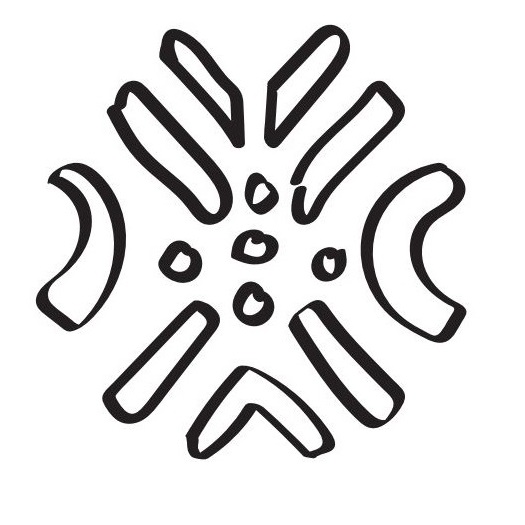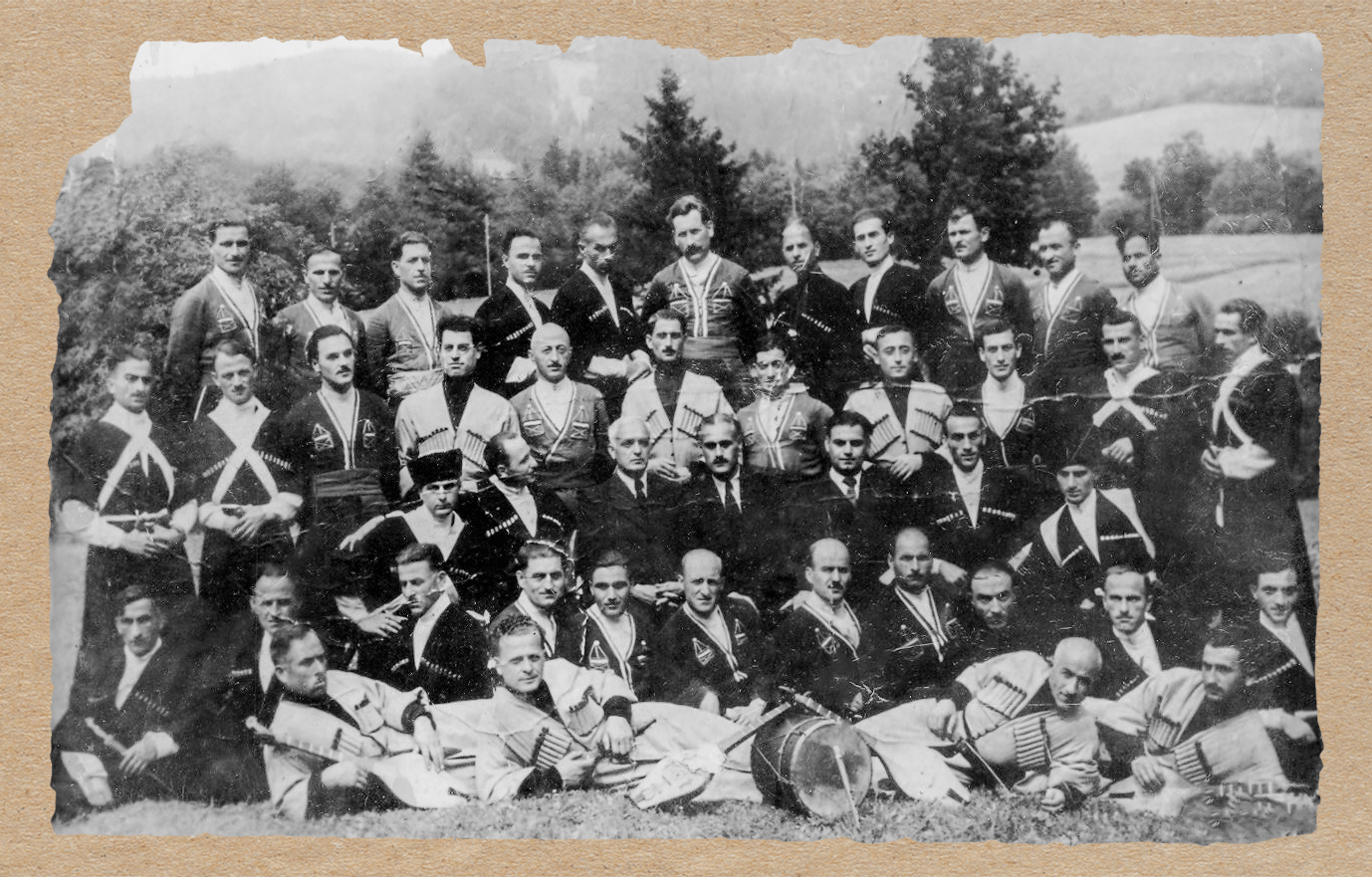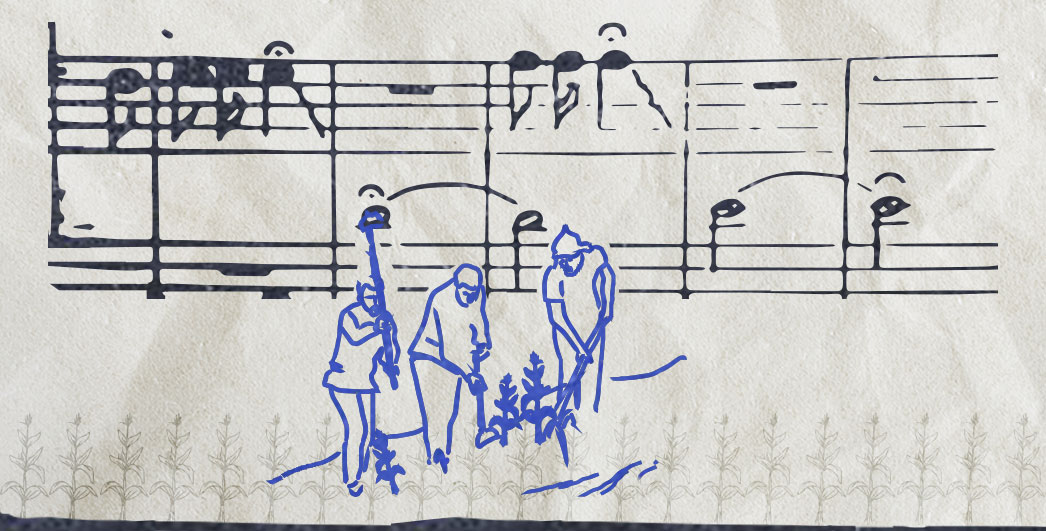Letter from the Editors #1
Not so long ago, in a discussion among friends, it came up that there were no dedicated magazines—either in print or electronic—that could introduce readers to Georgian folklore.
Shortly after this conversation took place, we came together under one roof, at the Folklore Center of Georgia, already as employees, and the very first idea that we presented as a project for financing was the establishment of an electronic journal. In the spring, with the support from the management of the Folklore Center and financing from the Ministry of Culture, we began to implement this project, resulting in this first issue of the journal.
It should be noted that Georgian art and culture (including traditional art) have been and are still being covered in a number of printed and electronic publications. Among them are the magazines Art (previously Soviet Art), Ars Georgica, Georgian Culture, Language and Culture, Music, etc. These publications are generally either narrowly specialized (for example, the bilingual bulletin of the International Center for Traditional Polyphonic Research at the Tbilisi State Conservatory, which is dedicated to Georgian traditional music), or they introduce the reader to one specific direction (for example, Ars Georgica, which is dedicated to issues in modern and contemporary art).
Accordingly, our goal is to cover in one electronic publication topics from all areas of Georgian folklore, including traditional music (both folk and liturgical), fine and applied arts, oral performance, and choreography.
The State Folklore Center, which combines all these directions, and which has almost a century of history behind it, has implemented a number of historically important projects at different stages of its existence. The establishment of the journal marks an important step in the long life of this institution. We hope that the virtual home of the magazine will become one of the most essential and popular spaces for Georgian and foreign readers interested in Georgian folklore. This goal is served by the magazine’s thematic diversity, which aims to provide a broad, contextual overview of examples of folklore heritage and events related to folklore practices. Importantly, the materials will be available in two languages, Georgian and English.
The first issue of the magazine turned out to be more “musical,” due in part to the fact that music constitutes a large part of the Folklore Center’s activity, and the editorial board is mainly composed of musicians. However, we promise the readers that each future issue will be even more diverse in terms of fields and topics. For this purpose, we plan to deepen our relationships and intensive cooperation with different specialists and, if necessary, to rethink the structure and content of the magazine.
The main goals of the magazine are spreading the knowledge of Georgian traditional arts and satisfying the interests of readers who admire Georgian folklore. However, we believe that it is relevant for Georgian readers (be they listeners, scholars, or performers) to get to know the diversity of traditional arts of the world more closely. Communicating with other ethnic cultures of the world and broadening one’s horizons is necessary to better see and understand the role and place of one’s own traditional heritage, and even to activate creative impulses. To this end, one column will always be devoted to an aspect of world cultural heritage outside of Georgia.
Our publication is of a popular-academic type. We would like to inform the reader about topics in folklore scholarship in simple, easy-to-understand language. In the current issue of the magazine, you will learn about the dialects of Georgian chants and folk songs; the history of one genre, mravalzhamier, a monument to Georgians’ love of life and boundless desire for happiness; an interpretation of the sacred essence and meaning of Georgian dance; a surprising story of an ancient Georgian instrument; a photo essay about how singing saved Georgian prisoners from death; and the story of how traditions of wine were preserved in Georgia, its ancient home.
The column on world traditional heritage, for obvious reasons, has been specially devoted to the rich and diverse musical creativity of the Ukrainian people. Also, in an interview with Giorgi Donadze, the head of the State Folklore Center of Georgia, we will introduce you to the center’s projects and his opinions regarding the current events in the life of Georgian folklore.
At this initial stage, readers will have the opportunity to familiarize themselves with the magazine in electronic format (as a PDF version, as well as on the journal’s bilingual website). The website will be multi-functional, allowing all those interested in folklore to stay abreast of the news in the field of folklore, and access electronic versions of the Folklore Center’s publications.
Finally, we would like to inform our readers that not only are their opinions and impressions on the content and form of the magazine very important to us, their direct participation in the improvement of the journal’s quality is also encouraged. Therefore, please get in touch if you wish, and send us your research for the editorial board to consider, and, upon review, publish.
Thank you very much!
Until we meet again,
Editorial Board:
Nana Mzhavanadze
Teona Rukhadze
Sandro Natadze
Brian Fairley
.jpg)

.jpg)

